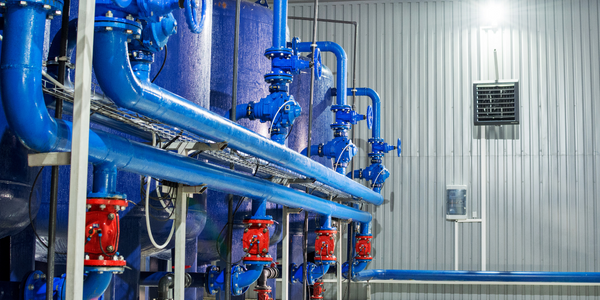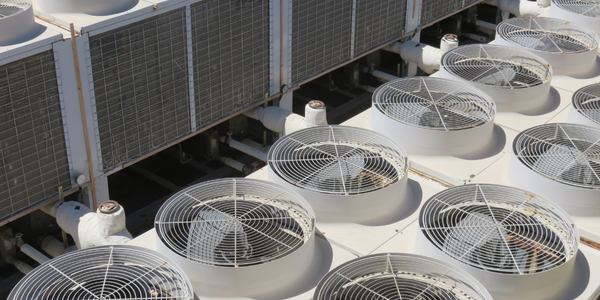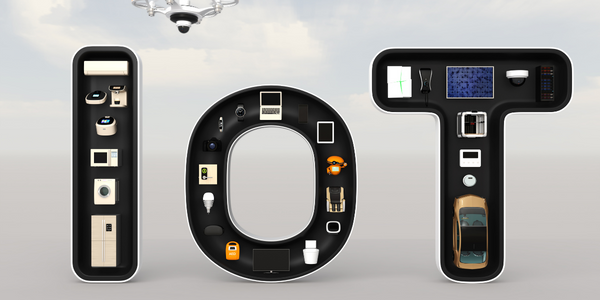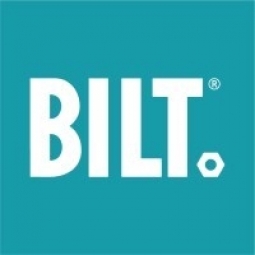Applicable Industries
- Consumer Goods
- Equipment & Machinery
Applicable Functions
- Quality Assurance
- Sales & Marketing
Use Cases
- Onsite Human Safety Management
- Virtual Prototyping & Product Testing
Services
- Testing & Certification
About The Customer
Teeter is a family-run company dedicated to helping people enjoy life without back pain. The founder, Roger Teeter, suffered from debilitating pain for years and found relief through inversion. The company is focused on quality, safety, and innovation. Their products include inversion tables, fitness machines, sit-stand desks, and home gym equipment. Many of their customers already suffer from back problems, making the assembly of their products a potentially daunting task. The company is committed to ensuring that their customers can assemble their equipment properly for safe and optimum functionality.
The Challenge
Teeter, a family-run company specializing in fitness equipment, faced a significant challenge in boosting consumer confidence to overcome assembly anxiety. The company recognized that the out-of-the-box assembly experience was crucial in creating a positive first impression of their products. Many of their customers, who already suffer from back problems, found the task of assembling a large and unwieldy piece of equipment frustrating and daunting. The company aimed to instill a sense of quality engineering as customers unpack and inspect the parts and ensure consumers could assemble their equipment properly for safe and optimum functionality. Traditional paper instructions and DVDs posed a challenge due to their lack of detail and limited view from the camera angle. Consumers often complained about not having a DVD player or computer available in the room where they planned to set up the equipment. Updating instructions also proved difficult when the company made engineering improvements or developed better techniques for putting the parts together.
The Solution
To overcome the assembly challenge, Teeter partnered with BILT to provide 3D instructions for their inversion tables, fitness equipment, desks, and exercise machines. Within the BILT app, customers have interactive instructions at their fingertips on a mobile device. Users can zoom in and out, tap on a part or tool for more information, and rotate images 360 degrees for the right perspective. They can follow steps in order, instantly replay a step, or skip ahead with precise control. They can use voice and text guidance or rely on the 3D interactive images alone. The company also listens to customer feedback to continuously innovate their products and to improve the customer experience. The response to BILT has been so positive that CEO Riley Teeter uses an iPad during her sales pitches on the Home Shopping Network to demonstrate BILT’s 3D instructions.
Operational Impact

Case Study missing?
Start adding your own!
Register with your work email and create a new case study profile for your business.
Related Case Studies.

Case Study
Smart Water Filtration Systems
Before working with Ayla Networks, Ozner was already using cloud connectivity to identify and solve water-filtration system malfunctions as well as to monitor filter cartridges for replacements.But, in June 2015, Ozner executives talked with Ayla about how the company might further improve its water systems with IoT technology. They liked what they heard from Ayla, but the executives needed to be sure that Ayla’s Agile IoT Platform provided the security and reliability Ozner required.

Case Study
IoT enabled Fleet Management with MindSphere
In view of growing competition, Gämmerler had a strong need to remain competitive via process optimization, reliability and gentle handling of printed products, even at highest press speeds. In addition, a digitalization initiative also included developing a key differentiation via data-driven services offers.
.png)
Case Study
Improving Vending Machine Profitability with the Internet of Things (IoT)
The vending industry is undergoing a sea change, taking advantage of new technologies to go beyond just delivering snacks to creating a new retail location. Intelligent vending machines can be found in many public locations as well as company facilities, selling different types of goods and services, including even computer accessories, gold bars, tickets, and office supplies. With increasing sophistication, they may also provide time- and location-based data pertaining to sales, inventory, and customer preferences. But at the end of the day, vending machine operators know greater profitability is driven by higher sales and lower operating costs.

Case Study
Predictive Maintenance for Industrial Chillers
For global leaders in the industrial chiller manufacturing, reliability of the entire production process is of the utmost importance. Chillers are refrigeration systems that produce ice water to provide cooling for a process or industrial application. One of those leaders sought a way to respond to asset performance issues, even before they occur. The intelligence to guarantee maximum reliability of cooling devices is embedded (pre-alarming). A pre-alarming phase means that the cooling device still works, but symptoms may appear, telling manufacturers that a failure is likely to occur in the near future. Chillers who are not internet connected at that moment, provide little insight in this pre-alarming phase.

Case Study
Premium Appliance Producer Innovates with Internet of Everything
Sub-Zero faced the largest product launch in the company’s history:It wanted to launch 60 new products as scheduled while simultaneously opening a new “greenfield” production facility, yet still adhering to stringent quality requirements and manage issues from new supply-chain partners. A the same time, it wanted to increase staff productivity time and collaboration while reducing travel and costs.








